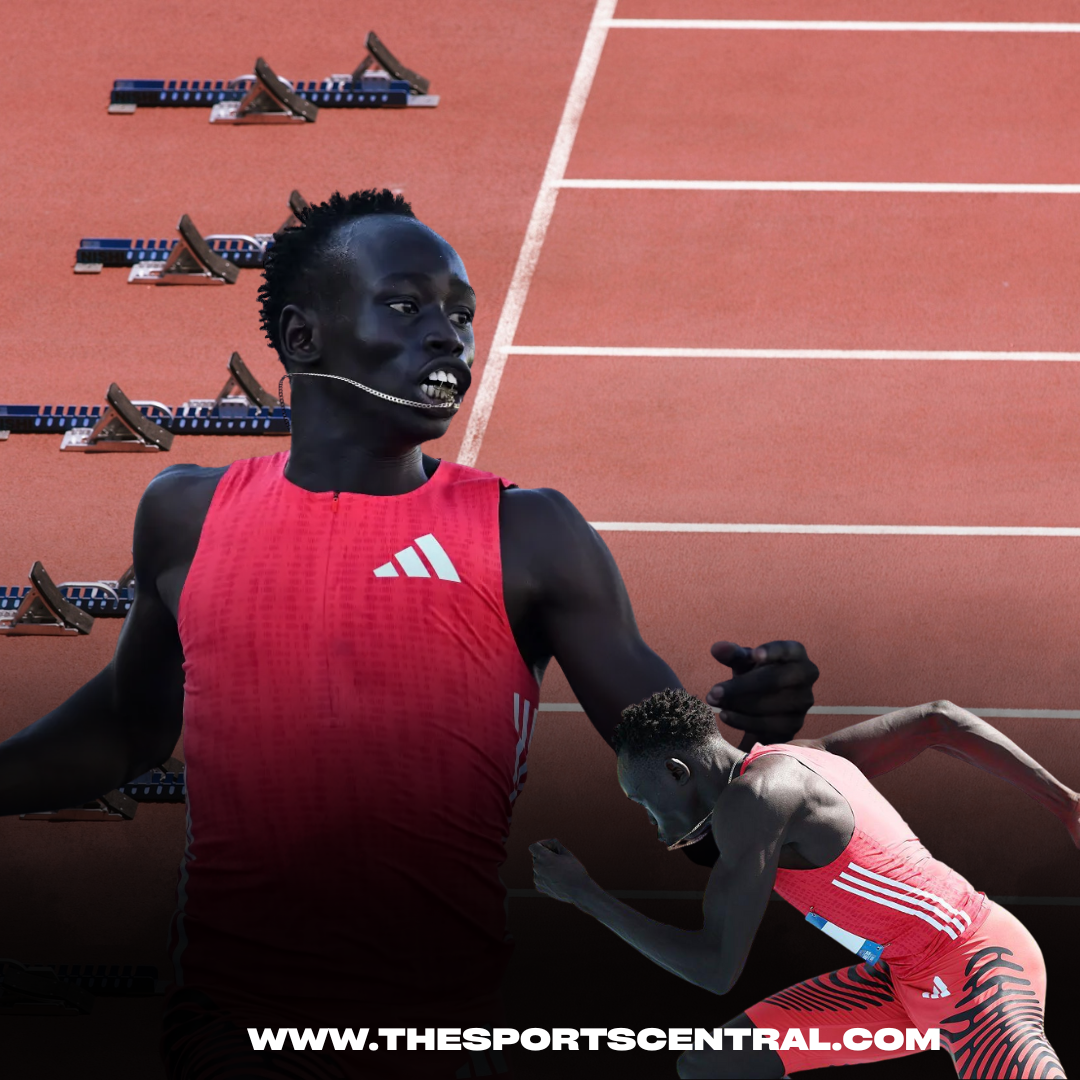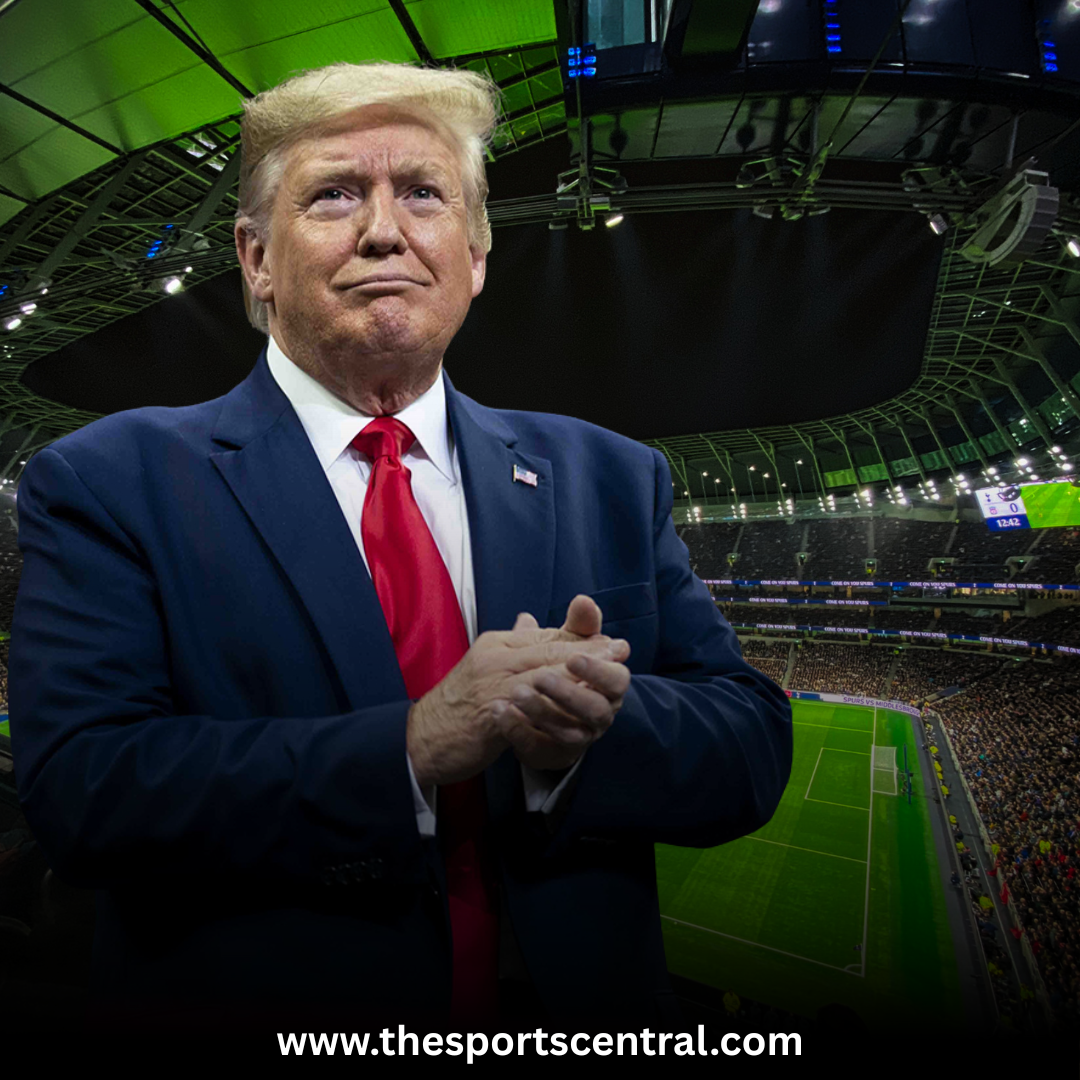In a significant move to uplift India’s sports infrastructure and global competitiveness, the Union Sports Ministry has overhauled its grant structure for National Sports Federations (NSFs). Union Sports Minister Dr. Mansukh Mandaviya made the announcement on Thursday, unveiling a comprehensive reform package aimed at making Indian sports performance-driven and future-ready.
These revisions target financial, technical, and administrative domains, providing increased funding and support across multiple disciplines. The Ministry wants to create a system that nurtures talent from grassroots to elite levels. These strategic enhancements underscore India’s long-term ambition of becoming a major sporting power and hosting the 2036 Olympics.
Increased Grants for National Championships
Dr. Mandaviya announced a significant hike in the financial grant allocated for conducting national championships. The grant for high-priority sports will now stand at ₹90 lakh, up from ₹51 lakh. For priority sports, the allocation has risen to ₹75 lakh. This increase reflects the Ministry’s focus on providing federations with sufficient resources to organize high-quality, competitive national events.
This enhancement directly impacts disciplines that consistently contribute to India’s international medal tally, such as athletics, wrestling, boxing, badminton, and hockey. With better funding, federations can host more comprehensive national championships, enabling deeper talent scouting and structured athlete development.
Doubling Support for International Events
The Ministry has doubled the financial support for hosting international tournaments from ₹1 crore to ₹2 crore. This bold move ensures that India can bid for and host global events with better facilities, higher logistical standards, and international compliance.
India’s growing reputation as a viable host for sporting events receives a solid boost through this step. Events like the Hockey World Cup and the India Open Badminton Tournament have already positioned the country as an emerging international sports venue. Now, with increased financial backing, India can attract more such prestigious competitions.
Enhanced Coach Salaries
To retain and attract top coaching talent, the Ministry has revised the monthly salary of the Chief National Coach from ₹5 lakh to ₹7.5 lakh. The remuneration for other coaches has also increased from ₹2 lakh to ₹3 lakh. This revision aligns Indian coaching salaries more closely with global standards and recognizes the role of coaches as pillars in athlete performance and strategy.
This change will likely incentivize more qualified professionals to join the Indian sports ecosystem, thereby improving training methodologies and long-term results.
Improved Diet Allowance for Athletes
Athletes often cite nutrition as a cornerstone of performance. Responding to this, the Ministry increased the daily diet allowance for senior athletes from ₹690 to ₹1000. For junior athletes, the allowance jumped from ₹480 to ₹850.
This policy change signals a greater emphasis on holistic athlete care. A well-fed athlete not only performs better but also trains with higher intensity and recovers faster. The revised allowances reflect the Ministry’s understanding of modern sports science and the crucial role nutrition plays in elite performance.
Focus on Youth and Junior Development
The Ministry now mandates that every National Sports Federation allocate at least 20% of its annual budget to junior and youth development. This directive aims to build a sustainable pipeline of talent and shift focus from short-term victories to long-term excellence.
Federations must now institutionalize scouting systems, junior tournaments, and grassroots coaching programs. A consistent investment in youth will ensure that India remains competitive across all age categories and sporting disciplines in the future.
Appointment of High Performance Directors
Every NSF with an annual budget exceeding ₹10 crore must now appoint a High Performance Director (HPD). This professional will take charge of designing and monitoring the technical development pathways for each sport. The Ministry expects HPDs to bridge the gap between international performance standards and India’s training systems.
This decision introduces a data-driven, structured approach to sports development. HPDs will craft personalized training modules, optimize resource allocation, and integrate sports science into daily routines.
Support for Administrative Infrastructure
Recognizing the importance of management efficiency, the Ministry has allowed NSFs to use 10% of their government grant to hire administrative professionals such as CEOs, Directors, and Managers. This measure aims to professionalize operations and ensure better execution of policies and programs.
A well-run sports body ensures smoother athlete support, quicker decision-making, and transparency—factors that indirectly enhance athletic performance.
Accredited Academies to Receive Specialized Support
Accredited sports academies will now receive targeted assistance from the government. This support will include hiring specialized coaches, integrating sports science services, and purchasing high-performance equipment.
The Ministry wants these academies to become centers of excellence. With upgraded facilities and advanced coaching support, academies will groom the next generation of world-class athletes who can compete at the Olympics and other major international events.
Growth of Professional Sports Leagues
Dr. Mandaviya expressed his approval of the existing professional league system in sports such as hockey and kabaddi. He confirmed that leagues for shooting and yoga will begin later this year. Additionally, leagues for cycling and rugby are in their final stages of preparation.
The Ministry is also planning professional leagues in basketball, badminton, archery, boxing, wrestling, white-water sports, and polo. These leagues will provide athletes with regular competitive exposure and a sustainable income stream while offering fans an engaging and entertaining viewing experience.
Inclusive Talent Development
Dr. Mandaviya reassured the nation that no talent, regardless of its geographic origin, will go unnoticed. The government plans to establish systems that identify potential across rural and urban areas alike. Once spotted, these athletes will receive professional training and full ecosystem support.
This inclusive approach ensures equal opportunities and broadens the base of India’s sports pyramid. The aim is clear—to turn raw potential into international podium finishes.
Preparing for the 2036 Olympics
India’s ambitions to host the 2036 Olympics add urgency and purpose to these reforms. The country needs a robust and performance-driven sports ecosystem to justify its Olympic bid. Dr. Mandaviya made it clear that the government will invest every necessary resource to make Indian sports globally competitive.
He emphasized, “We want to have a performance-driven ecosystem in sports.” This statement reflects the Ministry’s intent to move away from symbolic participation and toward sustained international success.
Conclusion
The Union Sports Ministry’s sweeping reforms mark a critical moment for Indian sports. By increasing financial grants, revising coaching and athlete support, enforcing youth-centric policies, and professionalizing administration, the Ministry has laid the groundwork for a robust sports ecosystem. These changes are timely, strategic, and essential as India eyes the 2036 Olympic Games and aims to cement its position as a global sporting powerhouse.
India now stands at the cusp of a sports revolution. The challenge lies not in ambition, but in effective implementation. With dedicated effort and continuous oversight, these reforms can transform Indian sports from promise to podium.










